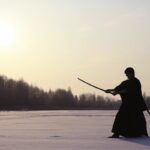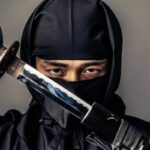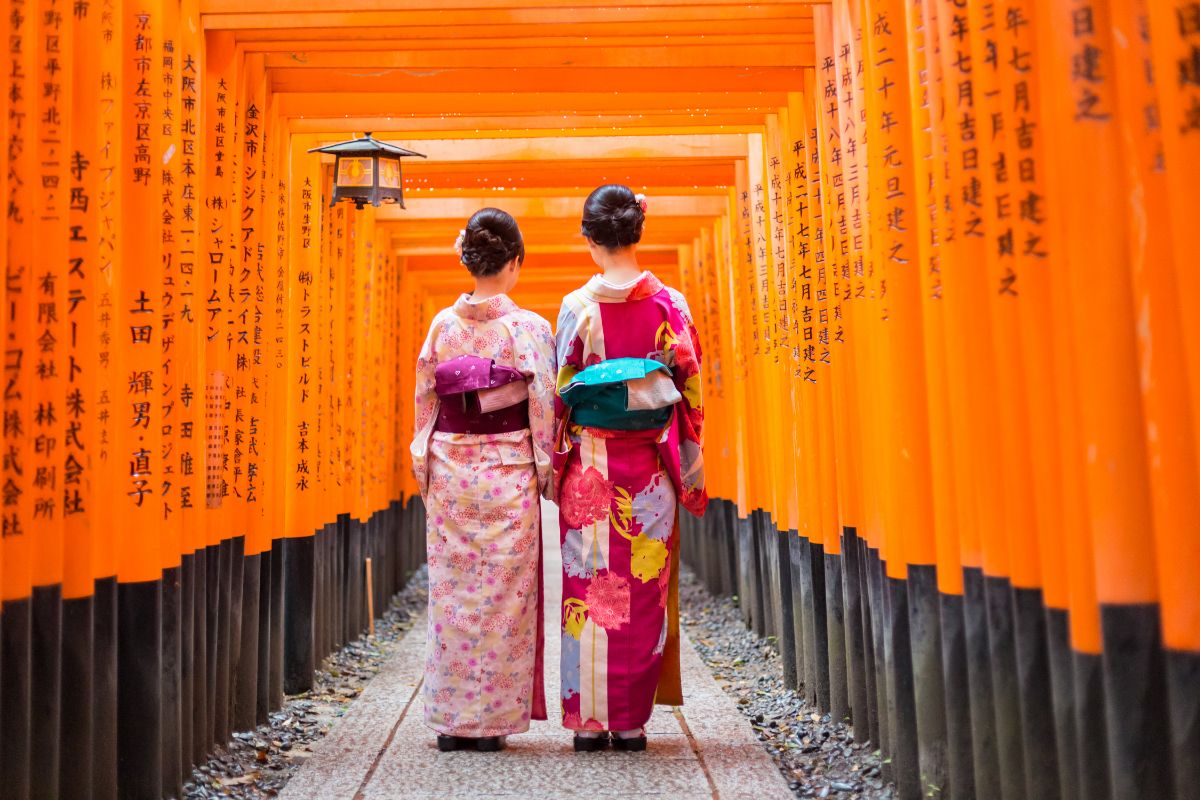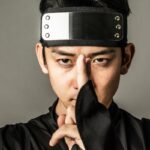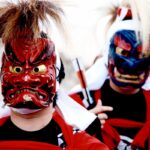Ninjutsu literally translates to ‘the art of stealth’ and involves Japanese martial art training. As a form of martial art strategy, ninjutsu can be used tactically for espionage, guerilla warfare, and forms aspects of unconventional warfare.
The techniques of ninjutsu are covered by 18 disciplines though some are hardly taught in more recent times. While the martial art training was used by assassins for hire, it has been strongly influenced by Sun Tzu’s strategic principles.
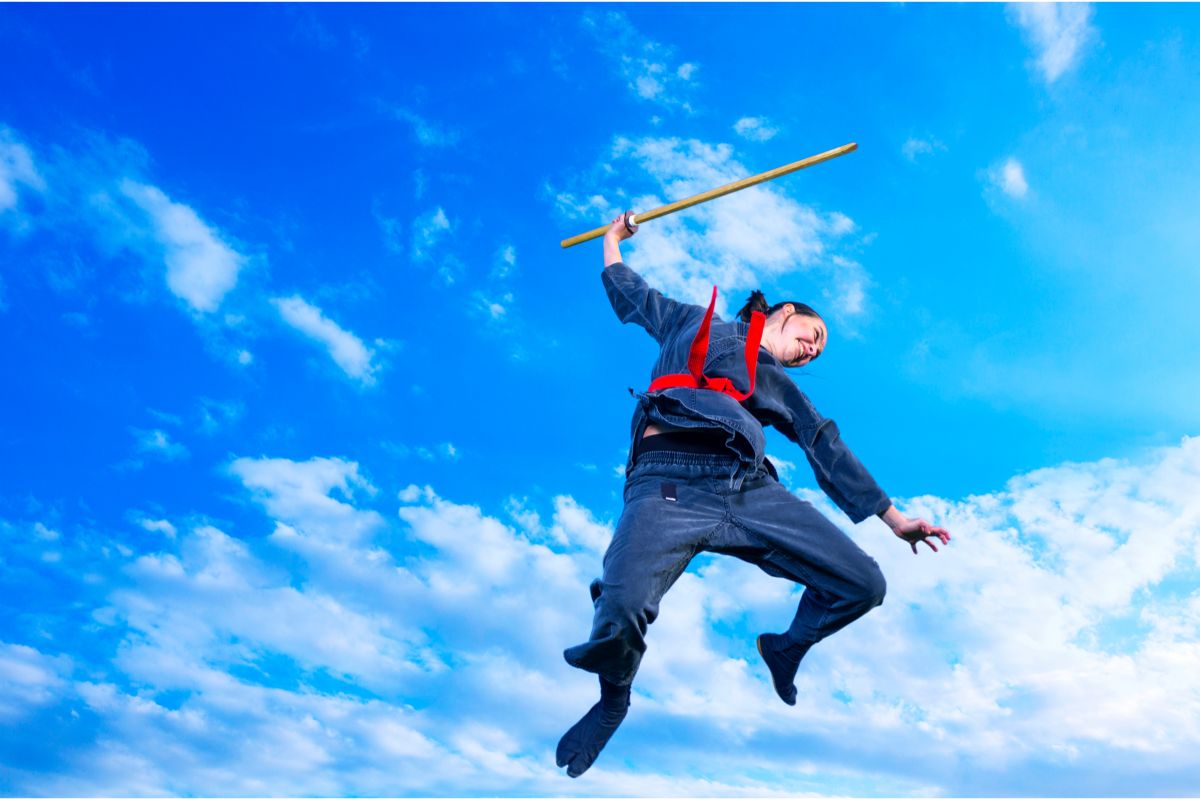
In this guide, we will look at what ninjutsu is. Specifically, its 18 disciplines, the history of ninjutsu, and the clothes that are typically worn by ninjas.
What Is Ninjutsu?
Ninjutsu can be called the art of the ninja and with good reason. The warfare technique contains the philosophy and training of the shinobi assassins and feudal spies.
If you were to look at the form of ninjutsu, you would find several links to the history of shinobi. Specifically, the stealth and sabotage tactics of those feudal Japanese assassins and spies, including their skill in martial arts and with a sword.
In recent times, the shinobi have come to be known as ninjas. This is a rough translation of the Chinese term for shinobi yet a person that uses ninjutsu is still said to be a ninja.
These ninjas typically learn the 18 traditional disciplines of ninjutsu from an early age. Since several of those disciplines have become outdated, you can expect only brief teachings on disciplines centered around espionage.
The Disciplines Of Ninjutsu
Ninjutsu covers fighting techniques for armed or unarmed combat and also variable weapons training, even horsemanship. There are 18 specific disciplines of ninjutsu and each should be learned for the full spectrum of the way of warfare.
The disciplines were initially stated in scrolls belonging to Togakure-ryū and eventually became definitive to be taught in specific schools.
More recently, the disciplines related to espionage have lessened in focus as they serve little purpose in modern times.
The first discipline is perhaps the most fundamental and this is seishin-teki kyōyō which is spiritual refinement. Unarmed combat is covered in taijutsu while sword fighting comes under kenjutsu.
Other forms of combat are stick/staff fighting (bōjutsu), the throwing of shuriken (shurikenjutsu), and spear fighting (sōjutsu).
Naginata fighting (naginatajutsu) and kusarigama fighting (kusarigamajutsu) are also covered as are the use of pyrotechnics and explosives (kayakujutsu).
Certain disciplines which are linked to espionage include hensōjutsu which covers disguise and impersonation. There are also stealth and entering methods that are taught as shinobi-iri.
Other disciplines include horsemanship (bajutsu), water training (sui-ren), and military strategy (bōryaku).
More general aspects of espionage are covered under chōhō while escaping and concealment come under intonjutsu. The final two disciplines of ninjutsu are meteorology (tenmon) and geography (chi-mon).
The History Of Ninjutsu
Originally, ninjutsu was developed from various tactics of espionage which were taught to shinobi spies in medieval Japan. The art of spying and espionage in Japan goes as far back as Prince Shōtoku.
Its first open use was during the Genpei War when shinobi were chosen as warriors to be used in battle. Later on, ninjutsu was used during the Kenmu era before being developed in the Nanboku-cho period by the samurai.
Further refined tactics of ninjutsu came from the samurai derived from both the Kōka and Iga Provinces. Throughout this history, shinobi were known as assassins but also mainly as scouts and spies who were typically hired by territorial lords.
This was largely due to their deception and stealth to avoid any direct confrontation. Typically, ninjas were employed to do the dirty jobs and some of their methods were considered dishonorable.
During the years of feudal Japan, ninjutsu was further developed for its fundamental survivalist techniques. During periods of war and political turmoil, ninjas would use ninjutsu simply to survive.
That could be through misdirection, avoidance, and non-direction via concealment, escape, and disguise.
These skills became collectively known as ninjutsu and heralded for espionage and specifically assassination. Those that were highly trained became almost indispensable for various factions in feudal Japan.
Any individual who specialized in the skills of ninjutsu would then be called shinobi no mono.
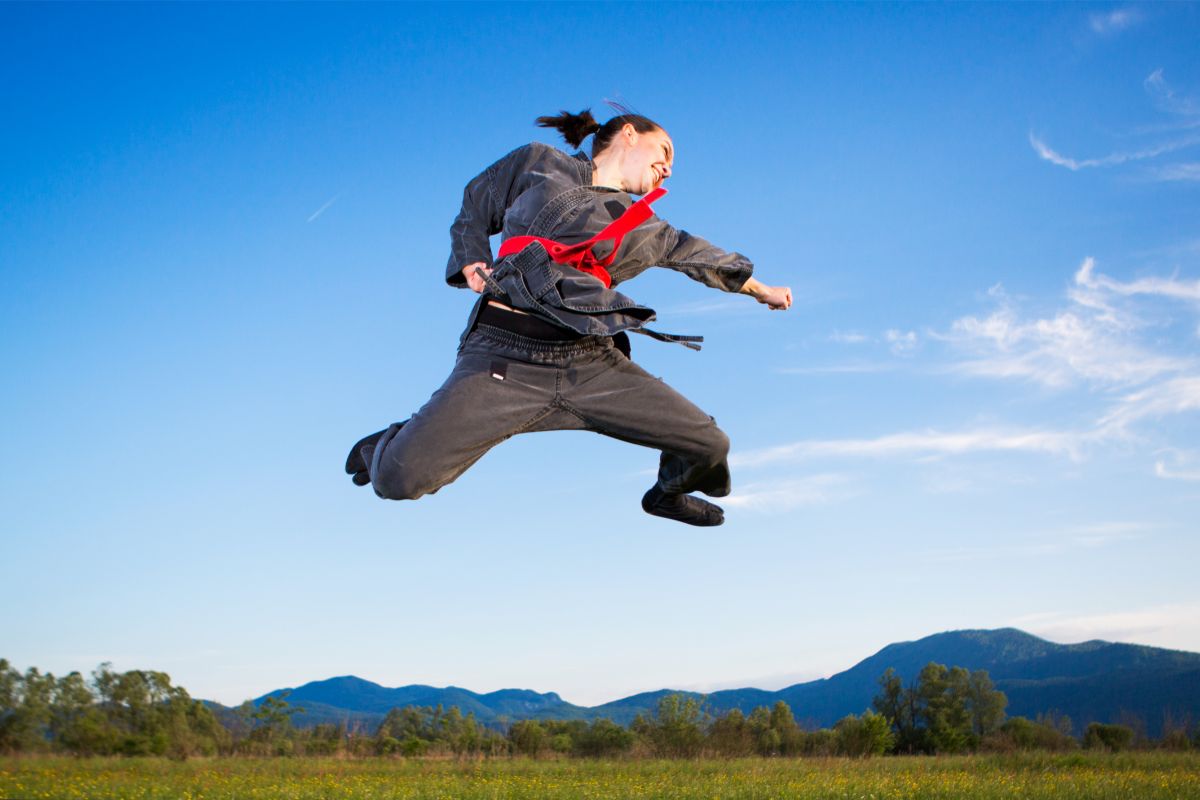
The Clothes Of Ninjutsu
Students that are initially taught ninjutsu typically wear comfortable clothing that they would work out in. Once they have settled into a class they can wear a typically black gi which is a jacket and trousers.
The early form of the uniform can also include belts, tabi boots, and socks. As a student develops to become a full ninja, they will usually wear a black uniform known as the shinobi shozoku.
Final Thoughts
That ninjutsu was initially developed as a way of warfare and strategy should not be a surprise. Once you look down the list of 18 disciplines, several of them are still aligned for feudal Japan.
Ninjutsu can still be considered relevant today in the form of armed and unarmed fighting techniques and weapons knowledge.
The forms of sabotage, disguise, stealth, and trickery may seem outdated and even dishonorable, so you can expect a watered-down version.
Frequently Asked Questions
Which Weapons Are Used In Ninjutsu?
Tradition dictated that a ninja should have several weapons at their disposal. Fighting with a sword or a spear were involved in the 18 disciplines of ninjutsu yet more unusual weapons can be used.
These include a four-pointed caltrop to drop to cause hazards and pierce the feet of whoever was pursuing them. Other weapons included knuckle dusters, throwing stars, and even explosives.
How Is Unarmed Combat Taught In Ninjutsu?
Ninjutsu features several techniques of unarmed combat known as taijutsu. This incorporates boxing, wrestling, striking and the martial arts of naginata-do as well as kyudo.
The basis of unarmed combat in ninjutsu was not based on brute force, rather leverage. Students were taught to use bodily movement, fluid posture, muscle alignment, and a rapidity of movement to defeat opponents.
- 16 Best Websites To Watch Japanese Movies With English Subtitles - May 11, 2023
- Is ZIPAIR The Best Airline For Traveling To Japan? - May 11, 2023
- Ryu Murakami Vs Haruki Murakami – Which One Should You Read? - May 11, 2023

